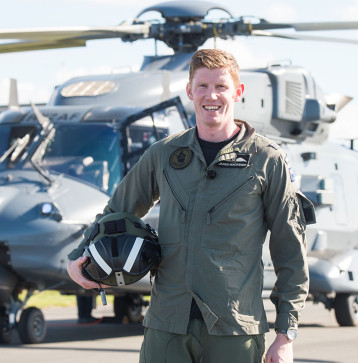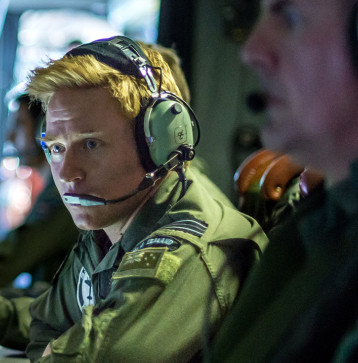
Parachute Jump Instructor
Skip to section:
About the role Career progression and training Salary and benefits Entry requirementsThere’s never a dull moment as a Parachute Jump Instructor (PJI) in the Air Force. From conducting static line training courses to advanced free-fall training and a host of other responsibilities, you will find it an exhilarating and adrenalin-charged career.
- ServiceAir Force
- SpecialisationAviation
-
Starting Trade Training$64,177
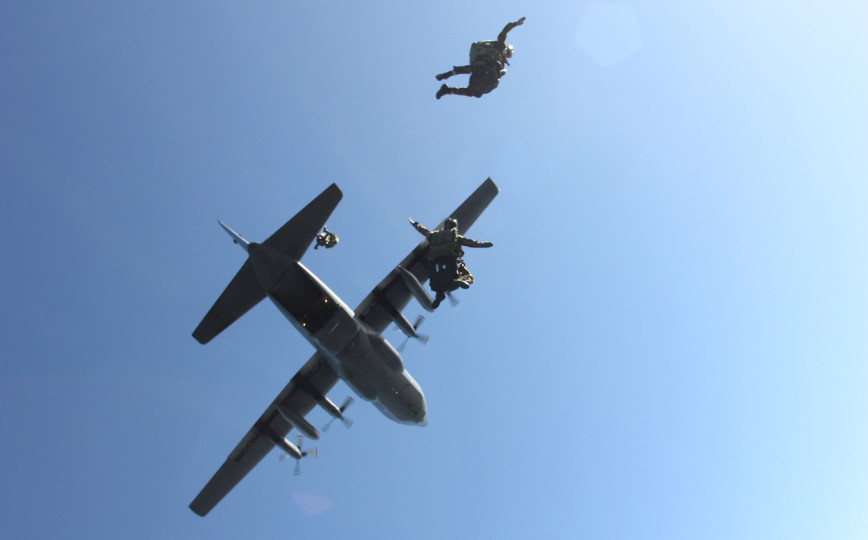
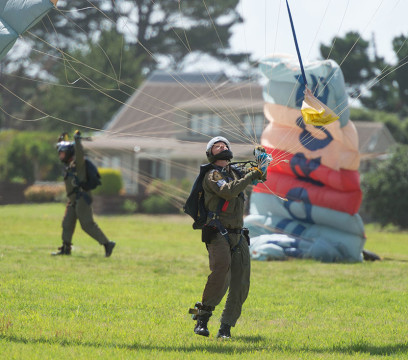
About the role
Jumping out of a plane can be a challenge for some people – for you it comes with the territory. In the course of your duties as a PJI, you will be required to teach members of the New Zealand Defence Force to make descents ranging from 800 to 12,000 feet in various situations. One day, you could be teaching pilots and other aircrew how to handle parachutes should they need to bail out, the next day you could be teaching Army personnel how to descend into enemy territory.
You will act as a dispatcher for parachuting sorties, carry out drop zone safety officer duties, and conduct display descents as part of the RNZAF Parachute Display Team, Kiwi Blue.
Career progression and training
Basic Training
Job Training
Upon successful enlistment into the Air Force you’ll be posted to RNZAF Base Woodbourne (near Blenheim). Here you’ll do 12 weeks of basic military training to find out if you’ve got what it takes to be in the Air Force, and learn various subjects including:
- Organisation and Administration
- RNZAF Customs and Protocol
- Drill and Parades
- Military Field Skills and Weapon Training
- First Aid, and Search and Rescue Techniques
- Physical Fitness
You must complete a range of courses to become a PJI, including the RNZAF Instructional Techniques Course, Basic Ram-air Static Line Course, Low Level Static Line Course, Free-fall Course, and a Dispatcher Course. Next, you’ll undergo a four-month Parachute Jump Instructor Course before being awarded your PJI’s brevet.
You’ll be expected to achieve Free-fall Instructor Category ‘A’ status within four years of commencing aircrew training.
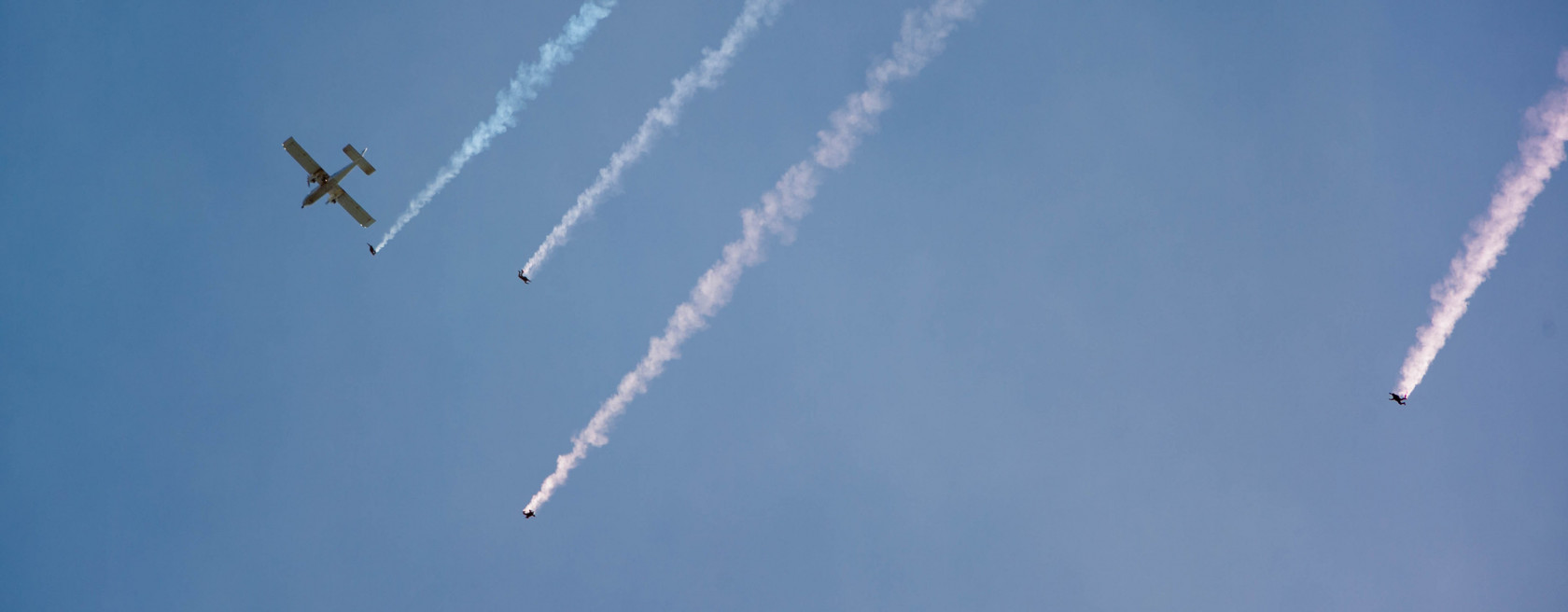
Salary and benefits
Careers in the Air Force are well-rewarded, as well as being diverse and exciting. As you become more experienced and move up through the ranks, gaining additional skills and qualifications, you will see your salary rise accordingly.
$50,597
Under Initial Training
$64,177
Starting Trade Training
$122,331
Future Potential Earnings
Figures updated on July 1st 2023
Benefits and allowances
Earn a competitive salary while training or learning your trade, along with additional allowances for time spent in the field, at sea, overseas, or deployed on operations.
In addition to salary and allowances, other benefits of joining the New Zealand Defence Force include:
Access to your Service marae or tūrangawaewae
Sponsored tertiary study programmes at all levels
Free access to gyms and swimming pools on camp and bases
Opportunities to travel
Free and subsidised medical and dental care
Subsidised food and accommodation on camps and bases
Free and subsidised insurance cover
Help to buy a home and save for retirement
Entry requirements
Basics
Education
Fitness and Medical
Citizenship
Period of Service
- An NZPIA B License wih a minimum of 200 jumps (or international equivalent).
3 years secondary school. Note, qualifications may be used to assess trade suitability.
You must be medically fit for service. Colour perception restrictions apply.
There are strict citizenship and security requirements to gain the required SV security clearance for this trade.
Your training is some of the most thorough and advanced in the world. Once you have graduated as a Parachute Jump Instructor, you’ll be contractually obliged to spend another 24 months in the Air Force.

Ready to start your Air Force career?
Other jobs you might like
You can also browse jobs by specialisation to narrow down your search.
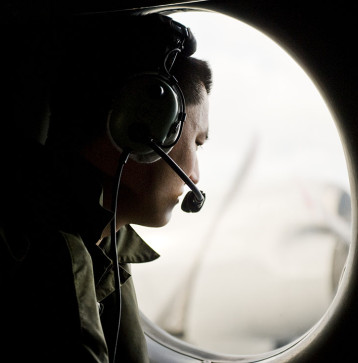
Applications Open
